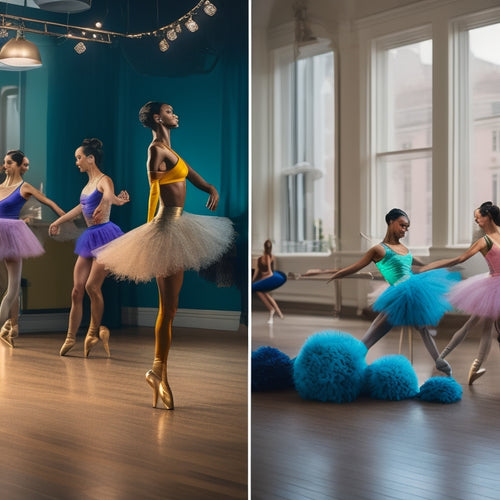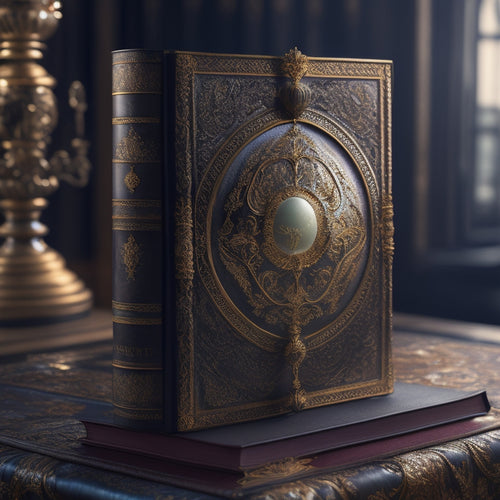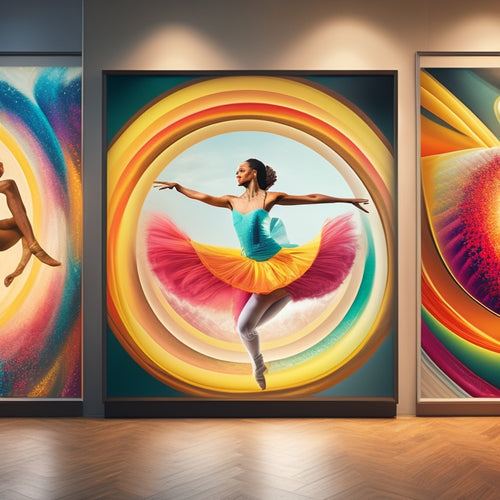
Swaying Rhythms: The Charm of Authentic Hula Skirts
Share
Discover the Rich History and Intricacies of Authentic Hula Skirts
While hula dancing is the most famous traditional art form of the Hawaiian Islands, few people truly understand the rich history and cultural significance of authentic hula skirts used in the performance. These beautiful and intricate garments are an essential element of the hula dance, with each material and design conveying a unique story and meaning. In this article, we will delve into the world of authentic hula skirts, exploring their traditional materials, manufacturing process, and the role they play in preserving and presenting Hawaiian culture.
Traditional Materials: The Essence of Authentic Hula Skirts
Authentic hula skirts are traditionally made from natural fibers such as hibiscus, raffia, and grass. These materials are harvested and processed by hand to create skirts that are not only functional but also a testament to the connection between nature and Hawaiian culture. The hibiscus fiber, for instance, is extracted from the bark of the hau tree, which is endemic to the Hawaiian Islands and often symbolizes strength and resilience.
Equally important in the creation of hula skirts is the use of raffia, a fiber obtained from the leaves of the raffia palm tree. Raffia fibers are known for their flexibility, durability, and resistance to water, making them ideal for constructing skirts that can withstand the rigors of hula dancing. Grass, on the other hand, is a more accessible material that offers a pleasing aesthetic and the ability to sway gracefully in tune with the dancer's movements.
The Art of Crafting Authentic Hula Skirts
The process of making authentic hula skirts is a time-honored tradition passed down through generations of skilled artisans. The first step is the harvesting and preparation of the natural materials, which typically involves soaking, stripping, and drying in the sun to achieve the desired texture and strength. Next, the fibers are woven or knotted together to form a skirt, with care taken to ensure the garment is both comfortable and secure for the dancer.
Traditional hula skirts often feature unique designs and embellishments that serve to enhance the visual impact of the dance. For example, hibiscus fiber skirts may be adorned with intricate patterns that showcase the craftsmanship of the artisan, while grass skirts can be embellished with shells, beads, or feathers to add a touch of flair. These intricate and carefully crafted details contribute to the enchanting spectacle of the hula dance and help to distinguish authentic hula skirts from mass-produced counterparts.
The Cultural Significance of Authentic Hula Skirts
At the heart of the Hawaiian hula dance, tradition lies an unwavering respect and appreciation for the natural world, with hula skirts serving as a vital conduit for this connection. Authentic hula skirts, crafted from natural materials, help to foster a deeper sense of harmony with the environment and encourage dancers to embody the spirit of the land during their performances. This reverence for nature is a core tenet of Hawaiian culture and is exemplified in the use of authentic hula skirts in traditional dance.
Moreover, wearing authentic hula skirts is a way to honor and preserve the ancient rituals and customs passed down through generations. As a living art form, hula dancing embodies the culture, history, and stories of the Hawaiian people, with each dance telling a tale that extends far beyond the performance itself. By wearing authentic hula skirts, dancers pay homage to their ancestors, perpetuating the vibrant legacy of these time-honored garments and the incredible heritage they represent.
Conclusion: The Lasting Impact of Authentic Hula Skirts
Authentic hula skirts, made from natural materials such as hibiscus fiber, raffia, and grass, provide more than just a beautiful aesthetic for traditional Hawaiian hula dance performances. They represent a link to the natural world, a connection to the rich culture and history of the Hawaiian people, and a way to celebrate the timeless heritage of this remarkable art form. By choosing to wear authentic hula skirts, dancers and enthusiasts not only pay tribute to the past but also actively contribute to the preservation and sharing of these invaluable traditions with future generations.
Related Posts
-

Best Dance Footwear for Comfort and Performance
When selecting the best dance footwear for comfort and performance, prioritize shoes with exceptional arch support an...
-

The King Manual: Your Ultimate Knowledge Companion
The King Manual: Your Ultimate Knowledge Companion is an all-encompassing resource that opens up the power of knowled...
-

Dancers Delight: Stylish Wall Prints Available Now
Dancers Delight offers a curated collection of stylish wall prints that capture the essence of ballet, tap, and jazz,...


